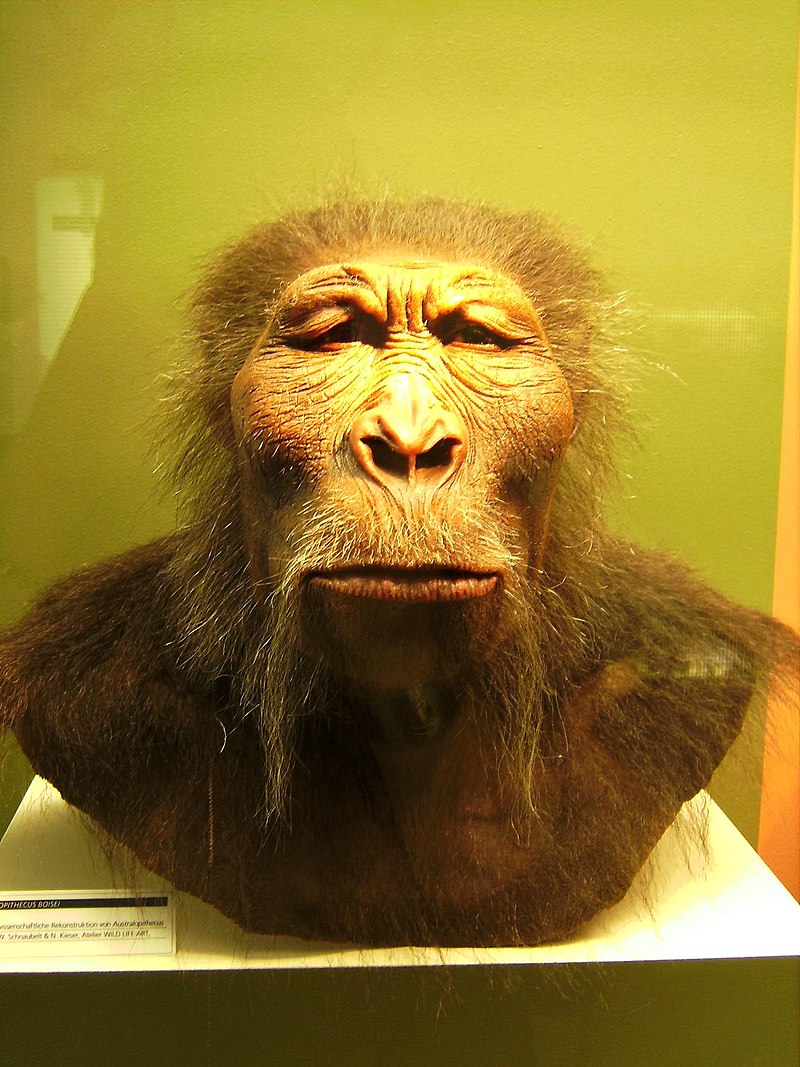This Paleolithic Dick Gave Us Genital Herpes
Credit to Author: Becky Ferreira| Date: Mon, 02 Oct 2017 18:38:07 +0000
It’s estimated that around half a billion people worldwide live with genital herpes (HSV-2), a virus that is usually sexually transmitted and causes outbreaks of genital lesions. This pathogen, like its close relative oral herpes (HSV-1), is highly contagious, incurable, and generally a pain in the ass (and elsewhere).
Who is to blame for this scourge of genital herpes? According to research published on Sunday in Virus Evolution, the likely culprit was the extinct hominin Paranthropus boisei, aka “Nutcracker Man,” a nickname the species earned for its super-sized foliage-chewing teeth. P. boisei lived in East Africa between 2.3 and 1.2 million years ago, where this species became HSV-2’s link between ancestral chimps and Homo erectus.
The common ancestor of chimps and humans lived with oral herpes, so both lineages carried HSV-1 after they split some 7 million years ago. However, the distinct human line managed to avoid HSV-2 for millions of years after this split, while chimpanzees’ forefathers contracted it.
As time rolled on and hominin species proliferated and migrated to new territories, P. boisei became a host for genital herpes found in ancestral chimps, causing it to jump from the chimp line into the human line.

If you’re assuming this means that there was some interspecies hanky panky going on, you may be right. But the study’s authors, led by biological anthropologist Simon Underdown of Oxford Brookes University in the UK, suggest that the virus also could have hopped into the H. erectus population through vectors like shared drinking water, or that our ancestors may have brought herpes upon themselves by biting or eating P. boisei, in which case our meals had the last laugh.
“We can ‘blame’ our ancestors for eating other hominins/great apes. This has been the source of other primate-to-human infections such as HIV,” senior author Charlotte Houldcroft, a virologist at the University of Cambridge, told CNN. “Eating other species closely related to oneself has risks, because pathogens adapted to species genetically similar to us will find it easier to jump the species barrier.”
Read More: Neanderthal Inbreeding Made Some Humans Weaker Today
The team also included Cambridge civil engineer Krishna Kumar, who modified urban infrastructure models to probe hominin history. The authors used this approach to map out the climate history, species migrations, and the paleogenetics of herpes, which isolated P. boisei as a probable viral bridge between ancestral chimps and humans.
Get six of our favorite Motherboard stories every day by signing up for our newsletter.